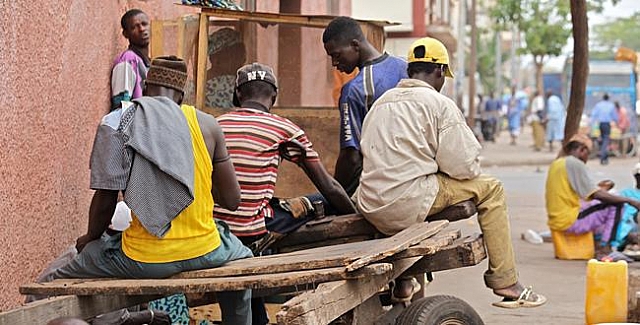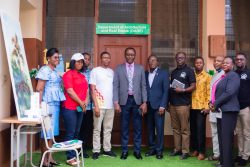On the occasion of World Youth Skills Day, which falls on July 15, a labour statistics report by the Ghana Statistical Service (GSS) suggests that over 1.5 million youth between the ages of 15 and 24 are classified as Neither Employed, Educated nor Trained (NEET).
The report’s findings were captured in the Annual Household Income and Expenditure Survey (AHIES) 2022 Third Quarter Labour Statistics, and indicated that Greater Accra Region had the highest number of NEET youth with about 312,394 individuals falling into this category.
Following closely are the Ashanti Region – 300,161; Eastern Region – 131,341; and Central Region -129,182.
The AHIES report highlighted that in 13 out of the country’s 16 regions, more than 20 percent of young individuals between the ages of 15 and 24 were not engaged in education, employment or training.
The Eastern Region had the highest proportion of NEET youth at 30.0 percent, which is twice as much as the Bono Region’s 14.5 percent – the region with the lowest proportion of disengaged youth.
Similarly, the 2021 Population and Housing Census (PHC) also revealed significant disparities in educational opportunities; as 11.1 percent of youths aged 15 to 24, representing 1.4 million individuals, had never attended school.
Females were more affected, with 12.0 percent compared to 10.2 percent of males falling into this category.
The theme of this year’s celebration is ‘Skilling teachers, trainers and youth for a transformative future’, which underscores the importance of equipping young people with expertise to secure employment, pursue entrepreneurship and access decent jobs.
The census data also revealed a worrying unemployment rate for youth aged 15 to 24, at 32.8 percent.
The unemployment rate was even higher for females at 36.7 percent compared to 29.3 percent for males. Among the 16 regions, 12 had an unemployment rate above 30 percent, with the Upper West Region leading at 39.0 percent and closely followed by Western North at 38.4 percent.
Finding effective solutions to decrease NEET rates and unemployment among the youth is crucial for the nation’s socio-economic development.
The data serve as a wake-up call for policymakers and stakeholders to address the urgent challenges faced by Ghanaian youth. Government Statistician, Professor Samuel Kobina Annim, stated at the presentation that that about 1.76 million persons were unemployed in the third quarter of 2022.
The Annual Household Income and Expenditure Survey (AHIES) is the first nationally representative high-frequency household panel survey in Ghana.










